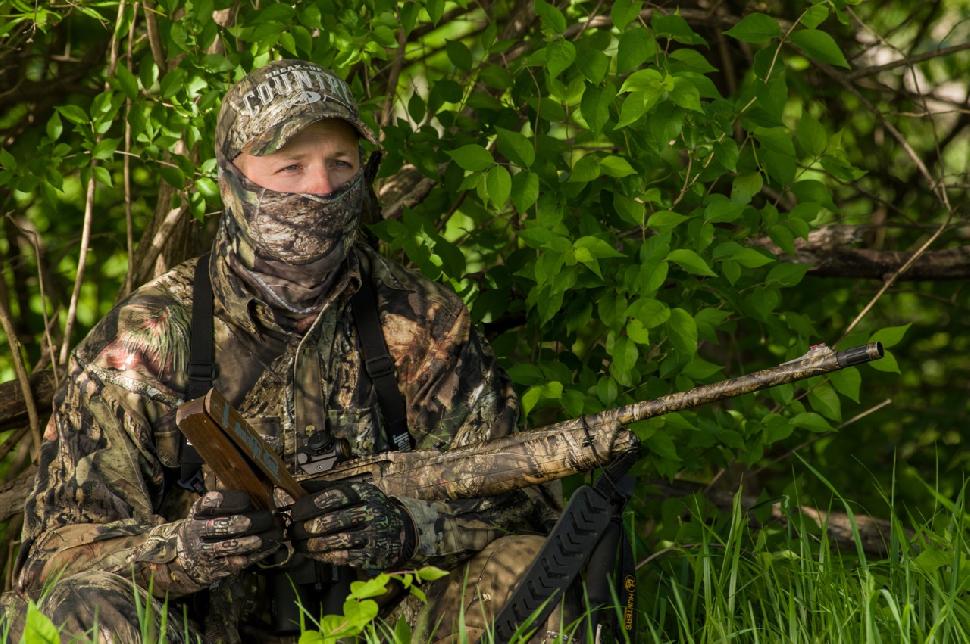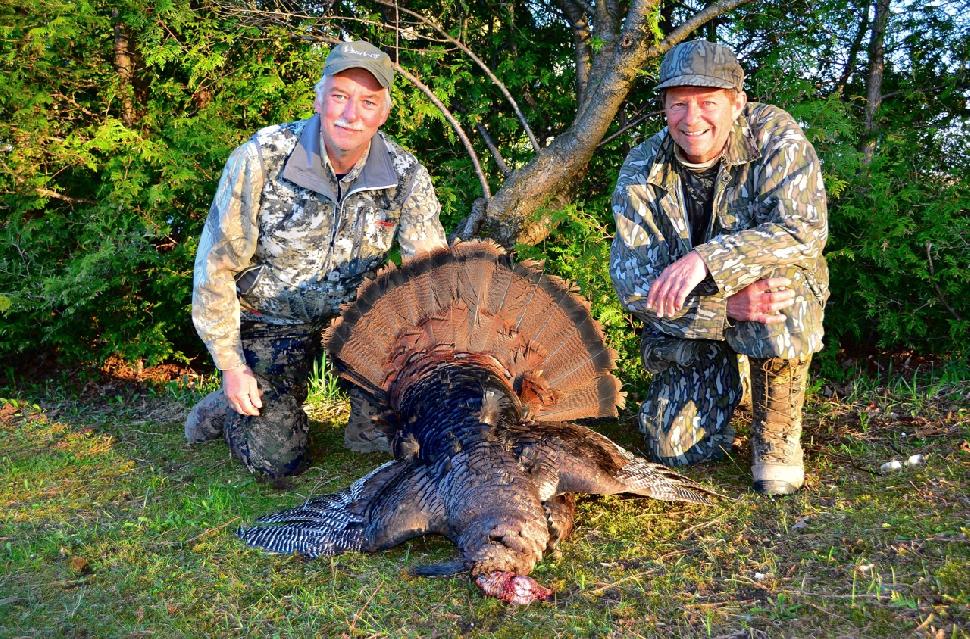THE GREENHORN GOBBLER GUID
A turkey tenderfoot’s take on how to topple a tricky tom (or not)
Advertisement

Lesson #2: Calling
Turkeys have a complex language, complete with gobbles, yelps, clucks, purrs and much more. I’ve heard that if you aren’t fluent in their language, you’ll have little chance of success, but that hasn’t been my experience. I’ve come to believe that the simple hen yelp is the most important call to learn and mimic—after all, that’s what I’ve heard the most from real birds when I’ve been in the field.
I also think it’s more important to exercise a little role reversal, rather than learning all the calls. I know how good it feels when I call and a tom answers, so I can imagine how he feels when I respond to him—he’s brimming with confidence there’s a lady pining for his arrival. Get in a tom’s head and you’ve already tipped the odds immeasurably in your favour.
Advertisement
Once a bird has announced himself with that first gobble, respond, but don’t call again unless he gobbles back first. Make him search for you. It can be difficult to have the patience not to call when you know there’s a gobbler around and all’s gone quiet, but you’re far better off being pursued than being the pursuer. It’s like a business negotiation—whomever talks first is usually the one who ends up losing out.
When the action finally heats up, don’t be afraid to use several different calls. Box, pot and mouth calls are all effective, but their whole is greater than the sum of their parts if you use them in combination. It’s to your advantage to have a tom believe he’s headed for a harem rather than a single girl.

